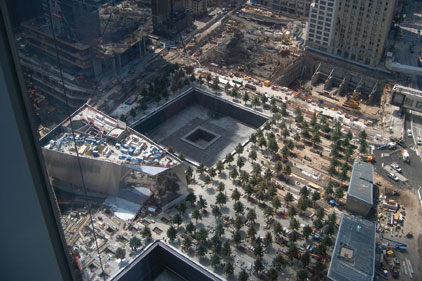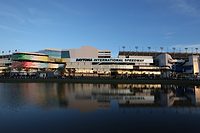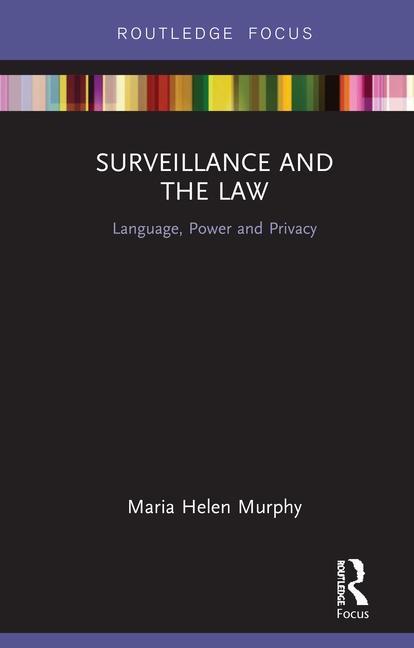The Rising


|
“When I was growing up in New Jersey, going to the World Trade Center was a school trip,” I said to Lou Barani. “And it will be again,” he replied with enthusiasm and a smile as we walked through the 9/11 Museum, which is in the midst of construction and scheduled to open in 2012. Once it’s complete, expectations are for more than 1,500 visitors each hour.
The 9/11 Memorial is scheduled to open on September 11, 2011. It is a park populated with 400 swamp white oak trees selected for their beauty, strength against the elements and the expectation they will grow to more than 60 feet tall, eventually creating a peaceful canopy. Also within the Memorial is a single pear tree, called the Survivor Tree, as it survived the attacks and has been replanted in the park.
The size and scope of the rebuilding project are hard to grasp. Reflecting pools outline the original towers’ footprints. These pools include the largest manmade waterfalls in the world surrounded by the names of all those who died in the terror attacks.
Among the names etched in stone along each reflecting pool is that of Rick Rescorla. For those that know the book, “We Were Soldiers Once and Young,” his photo is on the cover. After his service to the country, he eventually rose to become CSO at Morgan Stanley/Dean Witter. A proactive professional, he insisted that employees participate in evacuation drills, which he led with his bullhorn. On 9/11, the drilling and training paid off. Instructed by building management not to evacuate, he knew better and started his own evacuation. Of the 2,700 Morgan Stanley/Dean Witter employees in the South tower, only six died. One was Rescorla, last seen on the 10th floor, bullhorn in hand as he ascended the stairs.

|
Today, Lou Barani is playing a key role in the rebuilding project, as he is security director of the World Trade Center, working within the Chief Operating Office of the Port Authority of New York and New Jersey. He has integrated real estate owners, management companies, system integrators, law enforcement and fire department stakeholders through a collaborative risk assessment and cost benefit analysis.
“Nothing moves until you understand the risks,” Barani explains. “If you don’t understand the risks, scenarios and consequences, then how can you justify the investment?”
The result of that philosophy for the new World Trade Center campus is a very powerful All Hazards Risk Management (AHRM) program. The complexity and ingenuity of that solution take risk management and situational awareness to new heights, Barani created the policies to ensure interoperability for all systems to communicate.
Risk and security are core to the new World Trade Center’s economic viability. Prospective tenants – the potential is 50,000 – understand that the new facility is secure while at the same time that security will not be intrusive and negatively impact business operations. The result is tenants selecting the new World Trade Center after reviewing how security will benefit, not inhibit, their business goals.
We are pleased to present this 9/11 special issue reflecting on how security and risk management have become a true science and profession, as evidenced by Barani’s expertise and commitment, Rescorla’s sacrifice and the rising of the New World Trade Center.
Please join us at the Security 500 Conference on November 1, 2011 in New York City where we will honor Rescorla and have the privilege of Barani as our keynote speaker.
Looking for a reprint of this article?
From high-res PDFs to custom plaques, order your copy today!








